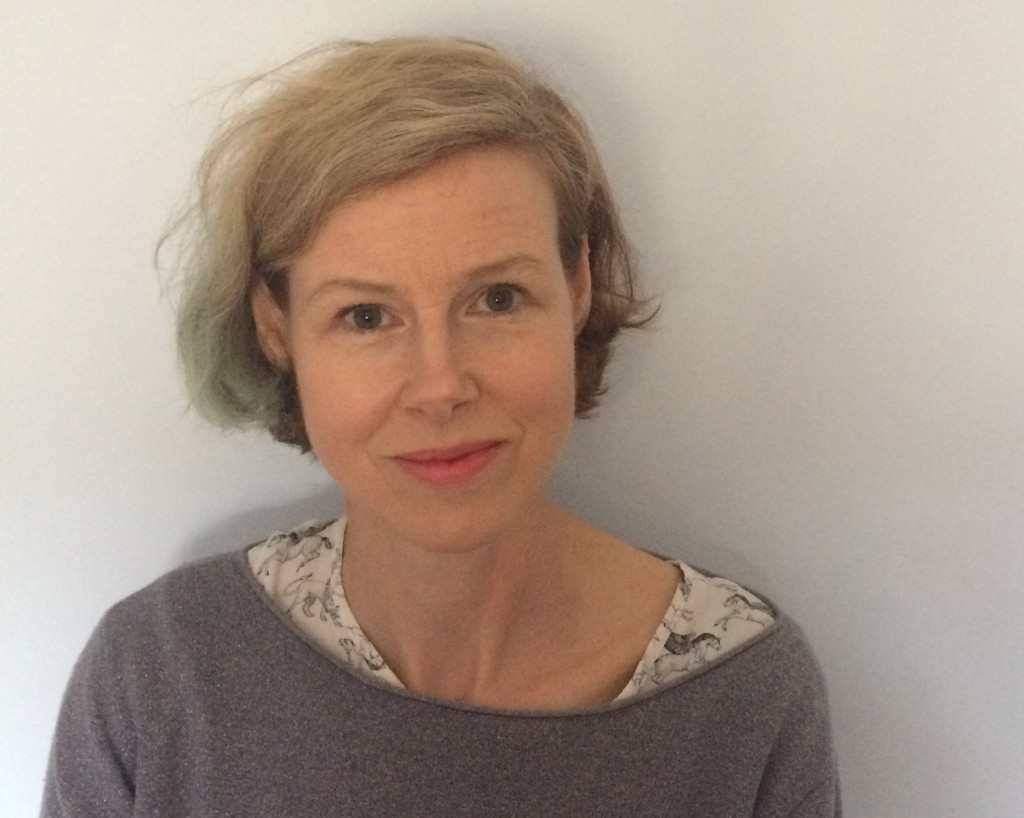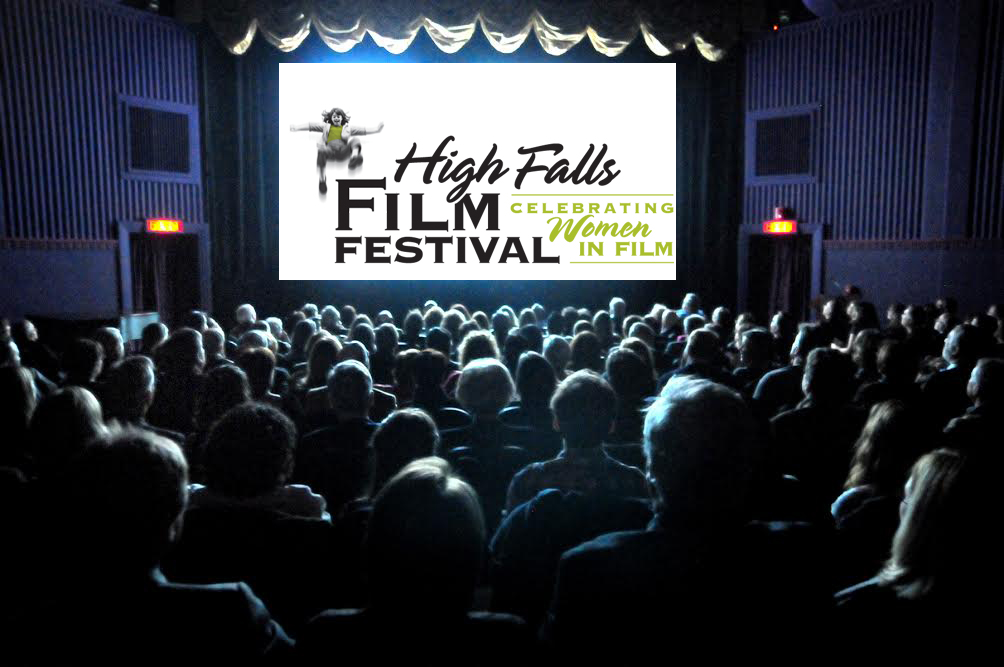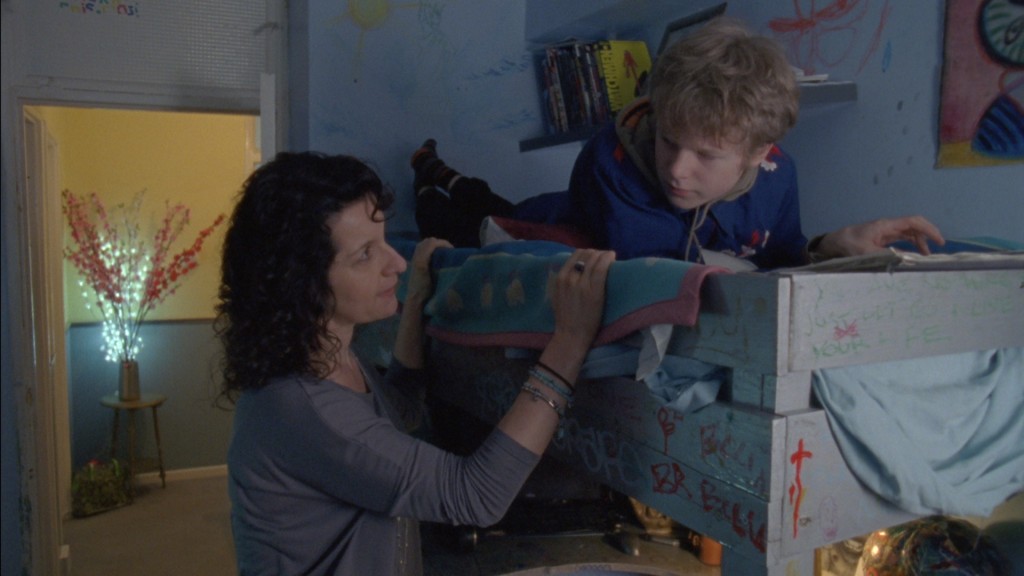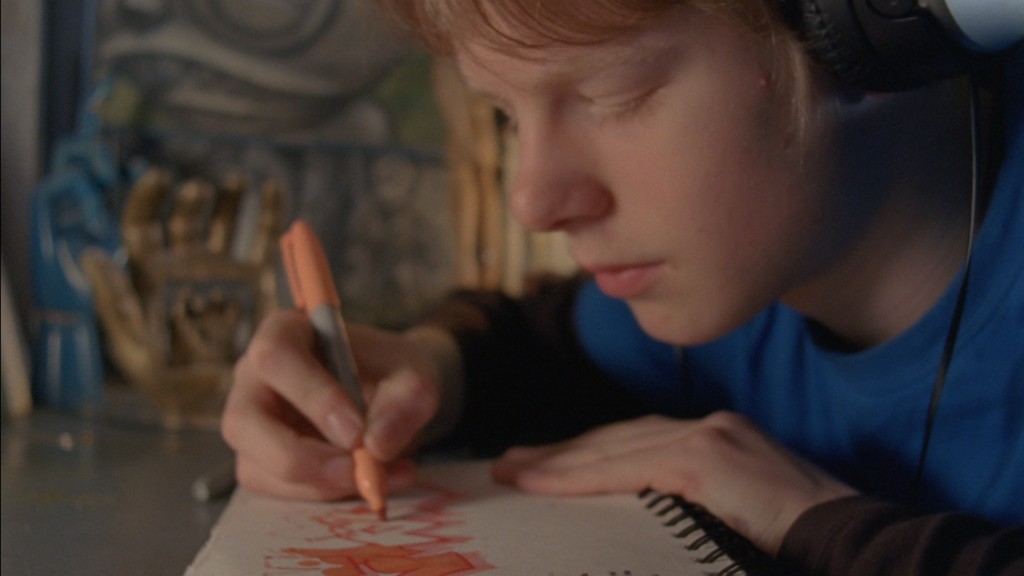The director and animator discusses winning the award, shooting on film, and basing her short on real-life family experiences.

Upon winning the KODAK High Falls Vision Award, which celebrates women in film by providing $2000 in film stock to a project led by a female director, Katy Milner has announced herself as a major filmmaking talent and passionate storyteller. Already an internationally-recognized writer/director with an animation background that has connected her to Channel 4 (Mervyn) and Film London/Southern Exposure (First Kiss), Katy is now poised to make her biggest mark yet in live action with Graffiti, the very personal drama which was successfully pitched for the KODAK High Falls Vision Award.
Trained in fine art at Nottingham Trent University and in animation at the Royal College of Art, Katy has for much of her career predominantly as an animator, with her first major short being Whiter Wash for Carlton TV. Since then, she’s been involved in a number of projects, most of them animation but some live action, in a number of capacities. Alongside that, she also balances her creative endeavors with commercial work and her three kids. Her penchant for collaboration and compassion was clear in my chat with her, which explored the more personal approach she took with Graffiti, based on her own son, Barnaby Milner Russell.
The short follows Barnaby, an aspiring actor who plays himself, through a difficult moment of teenage grief. A few years ago, Barnaby was arrested for doing graffiti on the roof of a HMV, soon after his father had passed away. These unfortunate experiences are explored in Graffiti, which aims to shed a light on the parental balance required in such a tough emotional situation. It also serves as a sort of tribute to Barnaby’s dad, an artist whose work is featured in the film.

In winning the Vision Award, Katy was given a choice between either 8mm, 16mm or 35mm film to capture her story, ultimately chasing 16mm. Through friend Destiny Ekaragha, she met Tina Harris, who plays the mother. Then, Fabio Calascibetta, who I’d worked with before, came onboard as DoP, with production manager Paul Brewster, focus puller Erin Stevens, loader Lydia Stott, sound recordist Nathaniel Kastoryano and gaffer, producer and caterer Christian Hayes rounding out a relatively small crew. I spoke with Katy to learn more about the project.
How did the choice of 16mm affect the way you shot the film?
You’ve got to be careful of the way you shoot everything, and how much stock you’re using. It’s expensive. I’ve got an animation background, and in animation you storyboard everything really really really thoroughly, and you don’t want to make anything that’s not gonna be your final edit. You’re almost editing it from the beginning, so I kind of instinctively am a bit like that, anyway, but we also did a lot of rehearsals.

I got Tina - who was really amazing to work with - and Barnaby together twice before the shoot, which was really helpful and quite organic, because if any of the lines didn’t feel quite right, they suggested alternatives, so they contributed to some of the lines, which was really nice. Things got more natural, and also Tina’s got a 17-year-old son, so she kinda understood some of the things I was coming from as well. And when we were filming, we did about six rehearsals for each scene before we did a take for the camera.
What have you learned about yourself as a director while making this project?
I think because I’ve got a fine art background, I’ve always been really into the way films looked. I have some art department experience, I’ve done production design on some films, and this time, I obviously wanted it to look really good, but we filmed it in our own house, so we changed it a bit. This time I think I focused a lot more on the performances. The way the film looks is really instinctive to me, you know, the drama side doesn’t come naturally, so it felt really good to do that this time.
The only other thing that was different for me was that I love comedy, so most of my work [up to this point] has been light humor, silly ideas, a bit quirky, but this is quite a different project for me cause it’s based on something that happened and it’s a drama, so that is quite different for me.
The way the film looks is really instinctive to me, you know, the drama side doesn’t come naturally, so it felt really good to do that this time.”
What is the status on the project right now?
I’ve got the rushes back and they look really amazing. I haven’t started post yet - I’ll have a little bit of a break - and I’m gonna do an edit and then a final cut. I haven’t finalized the editor yet - I don’t have a deadline on it, but I want it to be finished soon.

What does winning the Kodak High Falls Vision Award mean to you?
It was really amazing, it just felt…I was really surprised, actually, but it was lovely that somebody really liked the idea, and it gave the whole project a big boost. And to be able to shoot it on film was a brilliant opportunity. It made me really enthusiastic, cause I think when you make films it can be quite lonely sometimes, you might make a film and send it to loads of festivals and it might not get into too many, and it can be a bit isolating. And it’s really nice to have someone who really likes your idea.
When you make films it can be quite lonely sometimes.”
This was an award for women in film. What advice would you give to female directors trying to make it in the industry?
Work together with friends. We’ve got a group of friends who work together and do projects, and help each other out, so work with other people, and you can do favors on their projects, and they can do favors on yours. If you can give people paid work sometimes, that helps. But it doesn’t have to be like that. And I think enter as many competitions as you can, or schemes, and just keep making work, cause that’s the most important thing, that’s how you learn. Just keep doing it.
Because it was based on me and my son, it felt quite natural because I’d experienced some of the situations, so it was quite easy to talk about it Tina and Barnaby, but it was quite hard for Barnaby to do it, cause he was having to revisit a time that was not really happy for him. But he did really well, he did brilliantly.
Just keep making work, cause that’s the most important thing, that’s how you learn. Just keep doing it.”
Anything else you’d like to add?
Shout out to Fabio, who was brilliant as the DP, and did an amazing job - as did the whole crew. I’d like to say a big thank you to Take 2, Cinelab and Pixipel – they were all really awesome and integral to getting the project off the ground. Pixipel very generously gave us the lights for free, and Take 2 and Cinelab gave us great support. This helped to keep costs down so that we could self-fund the project.


